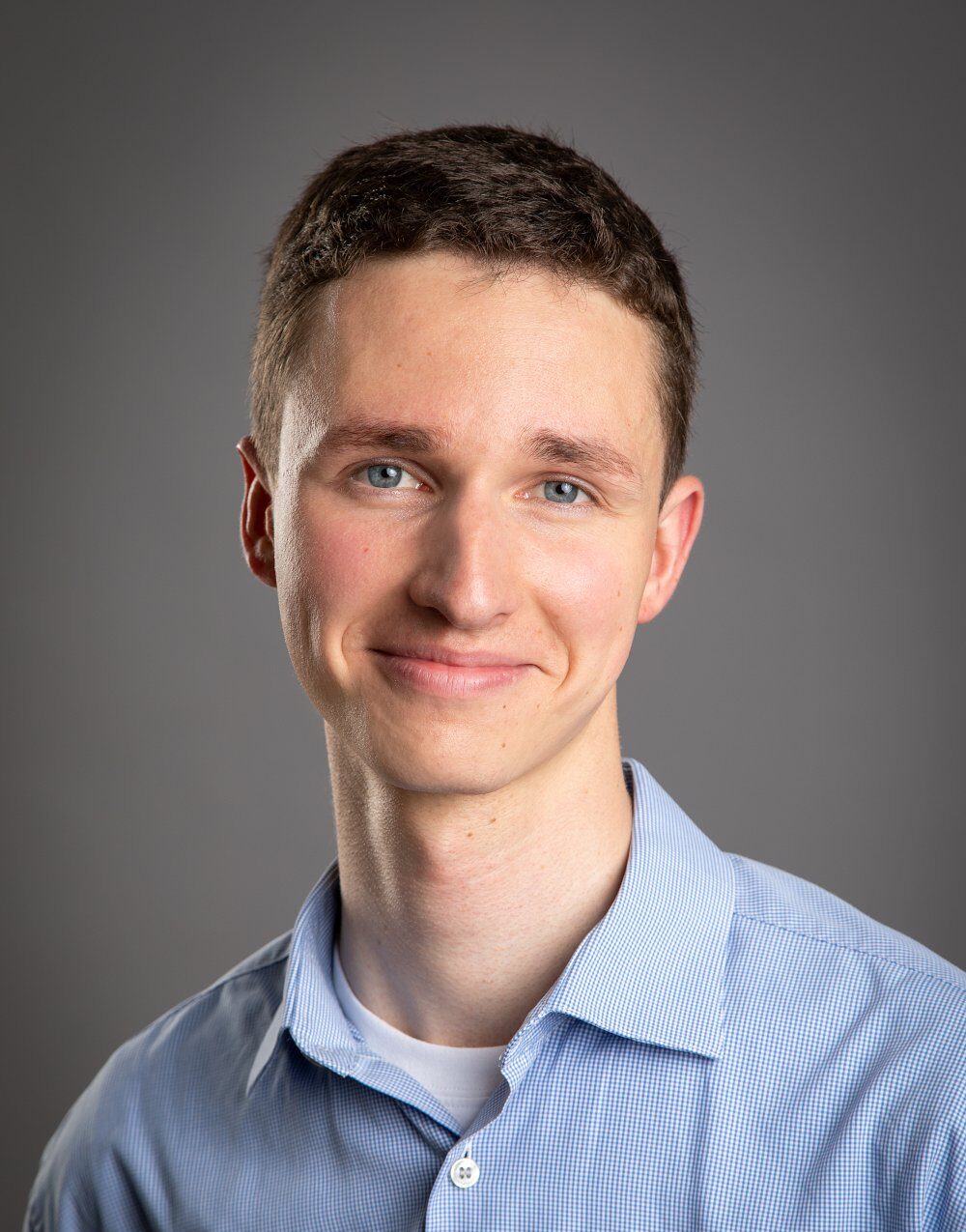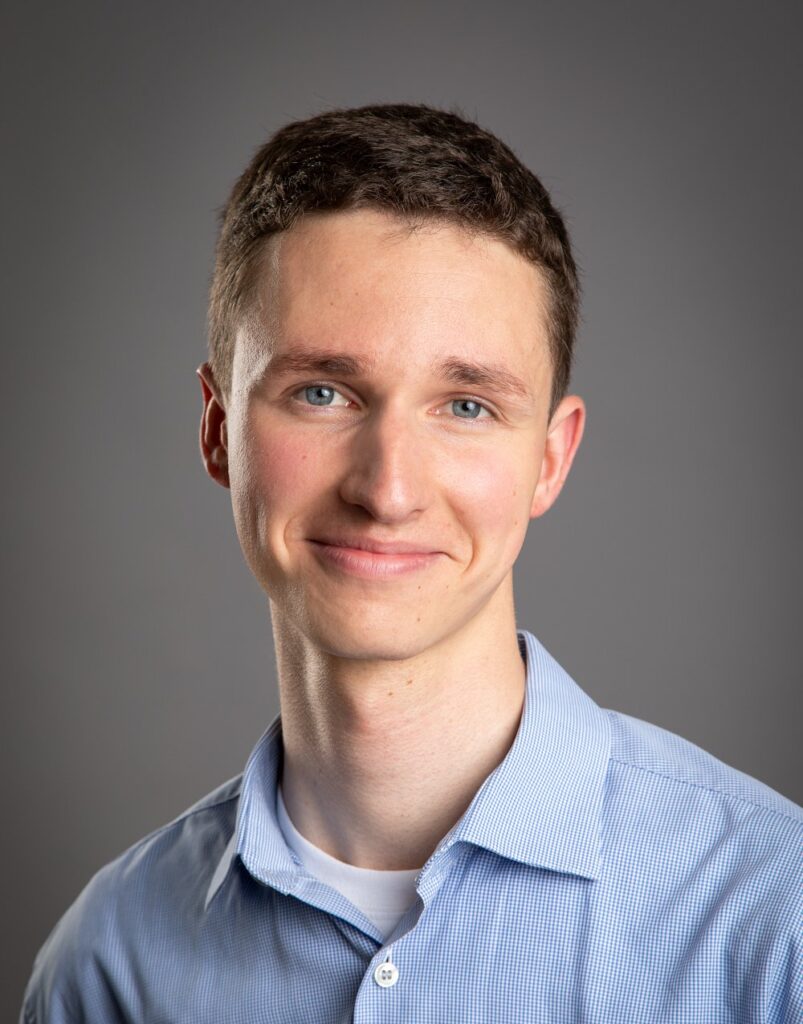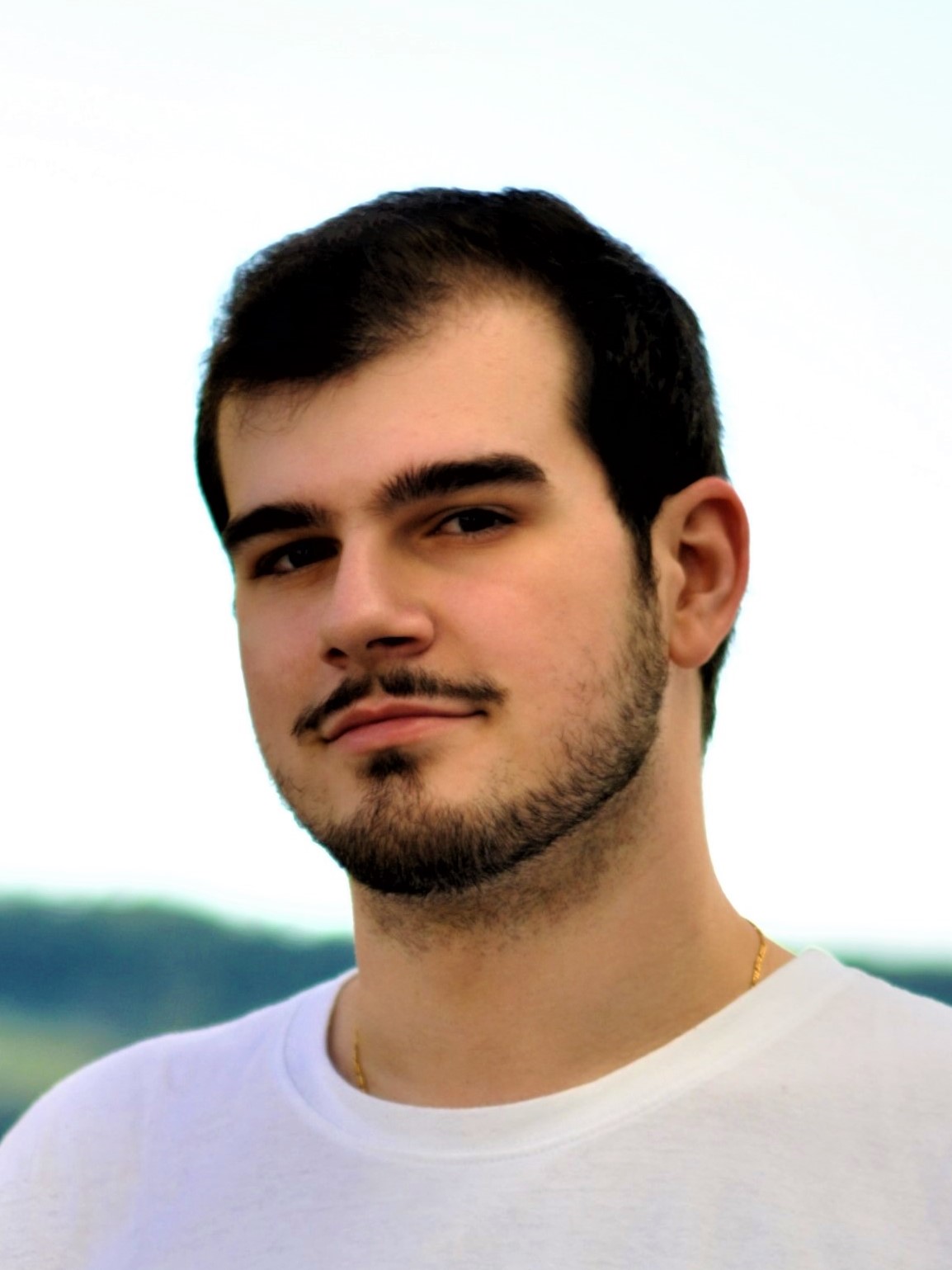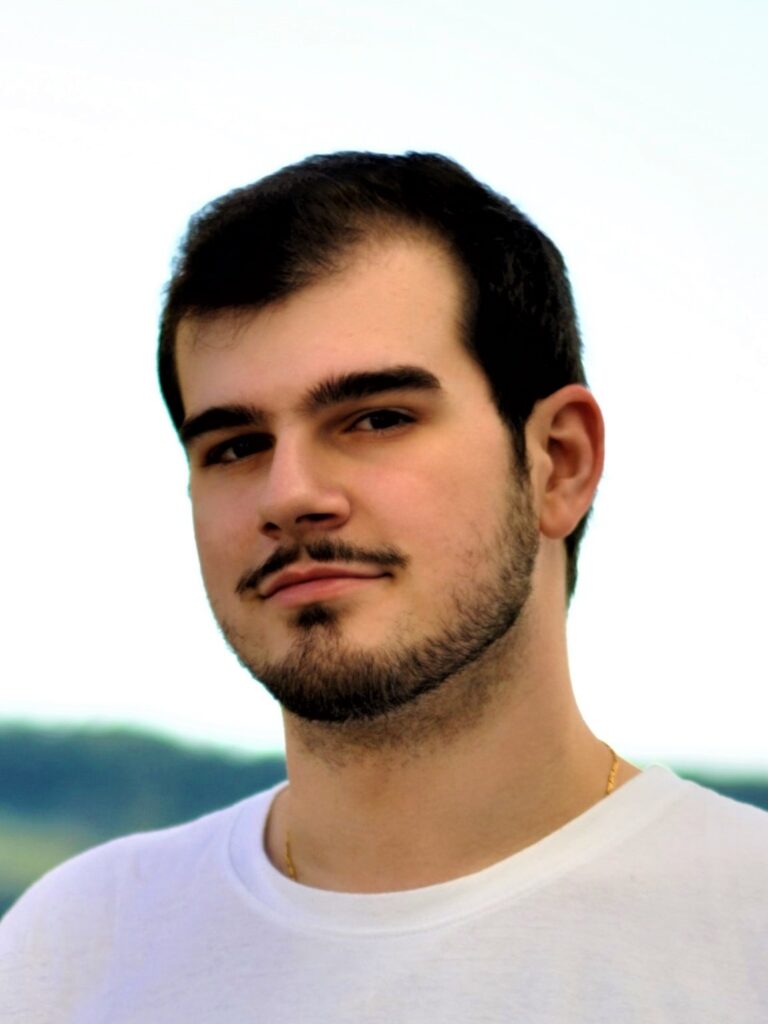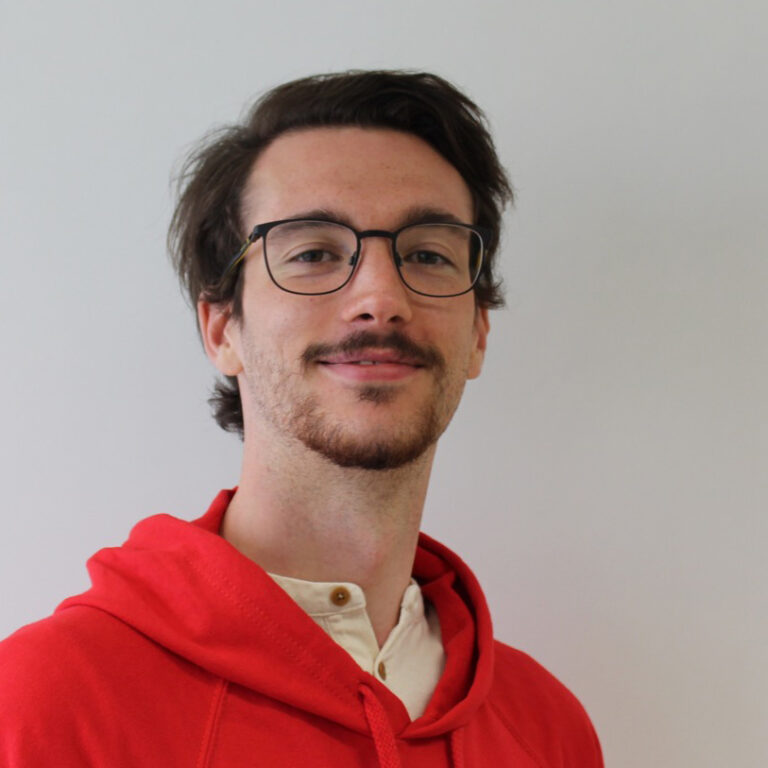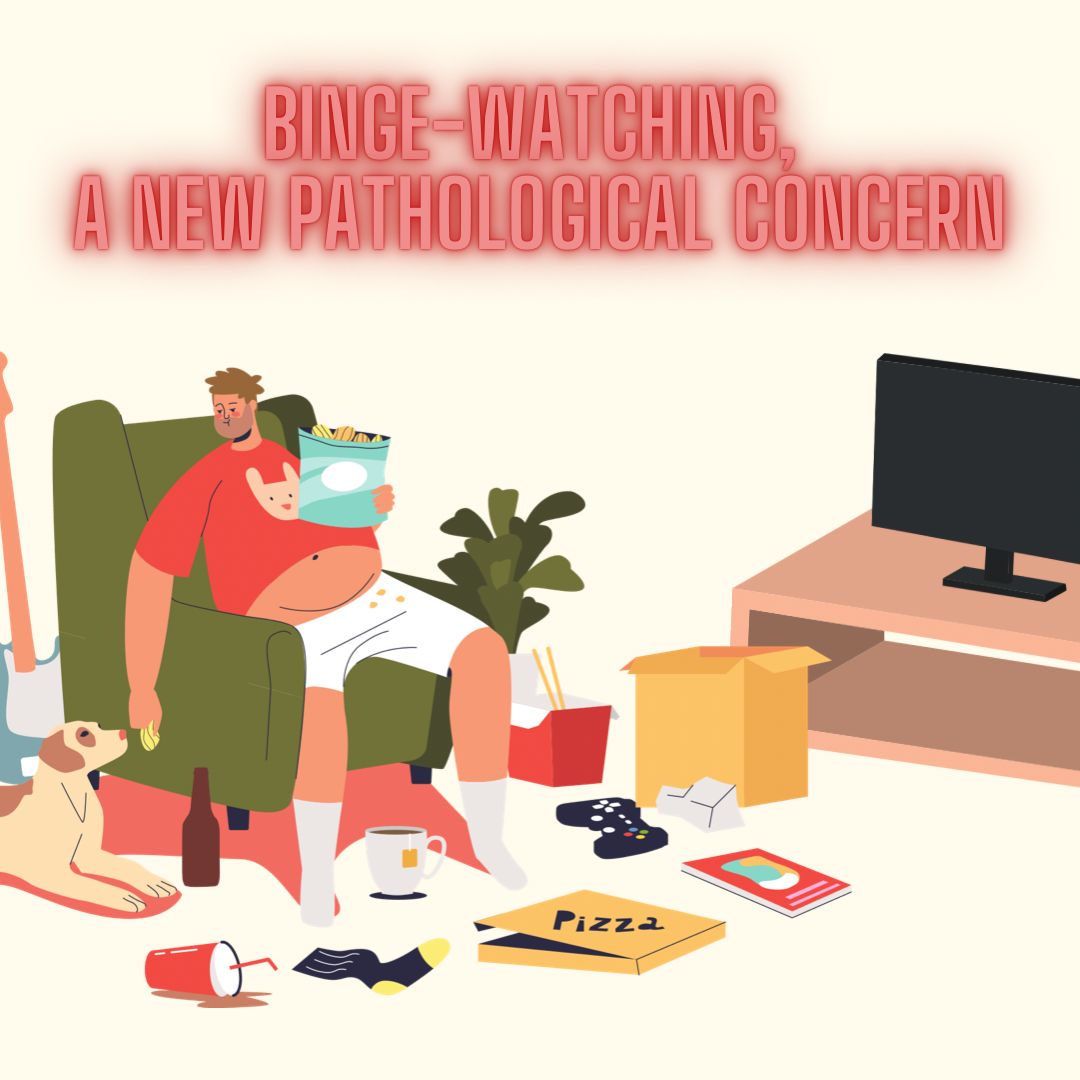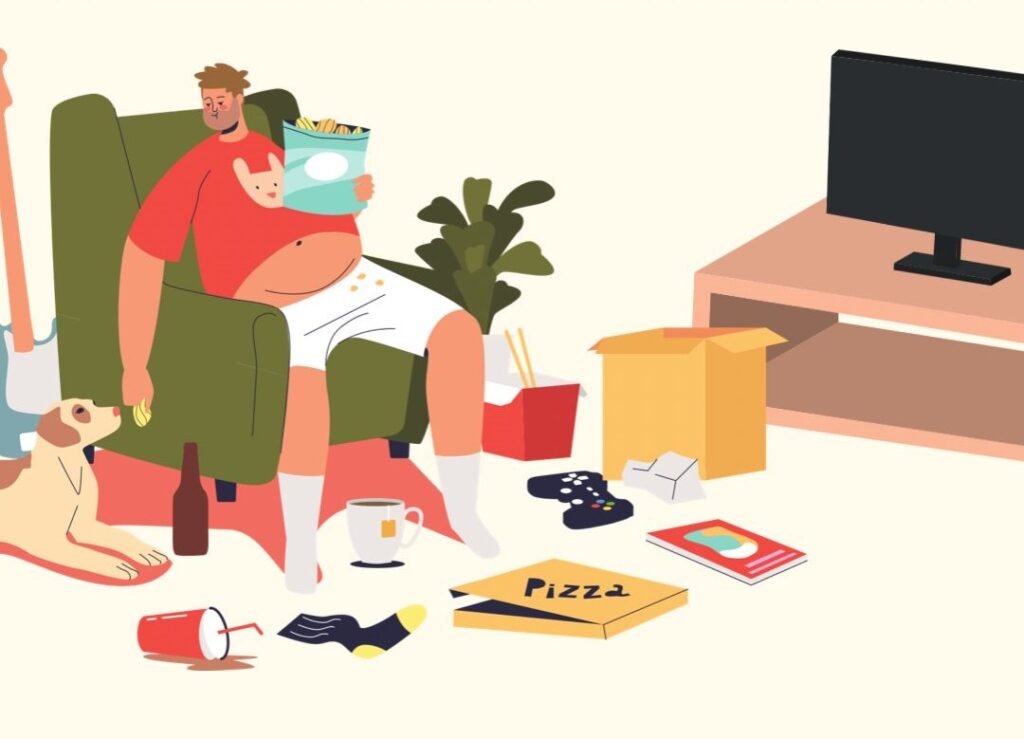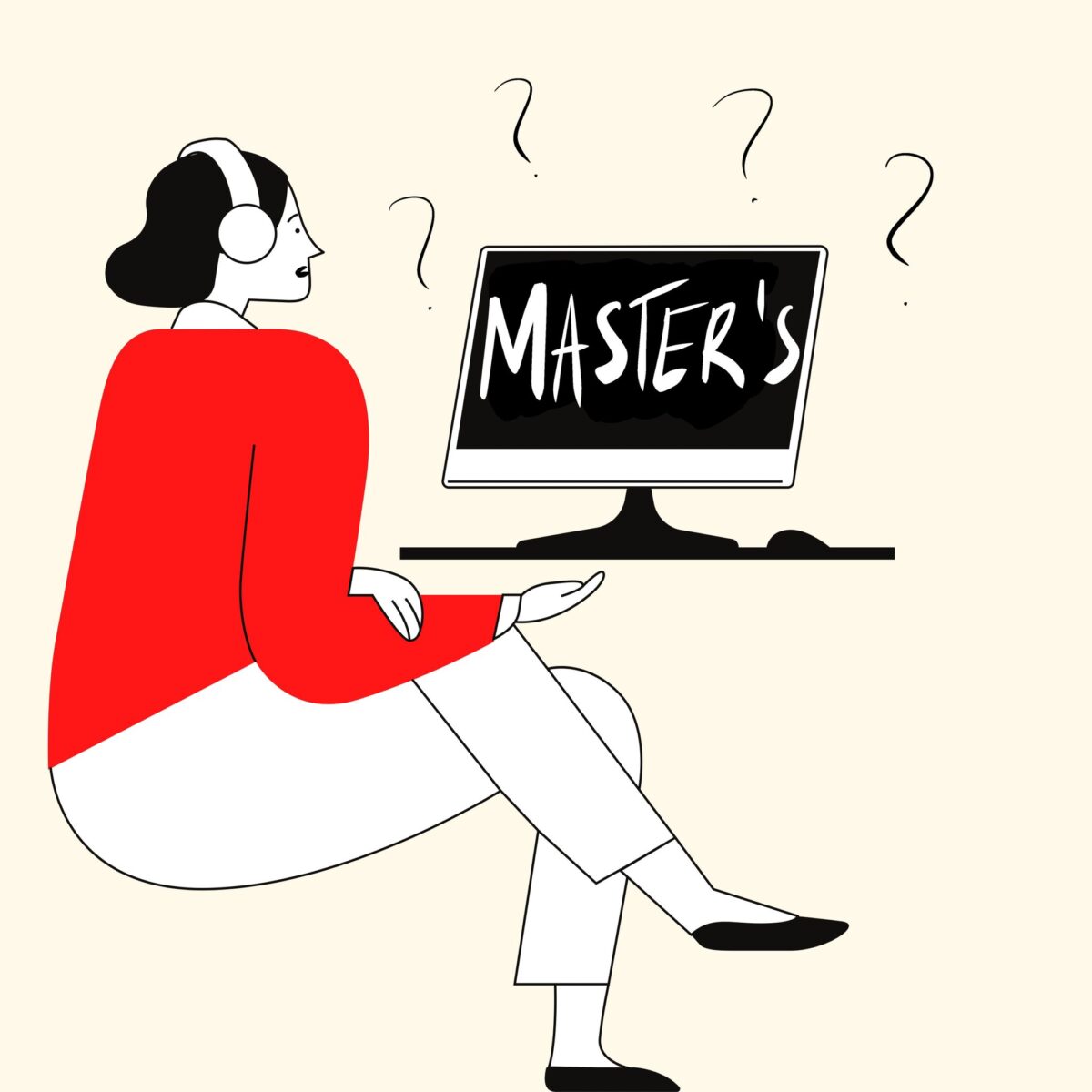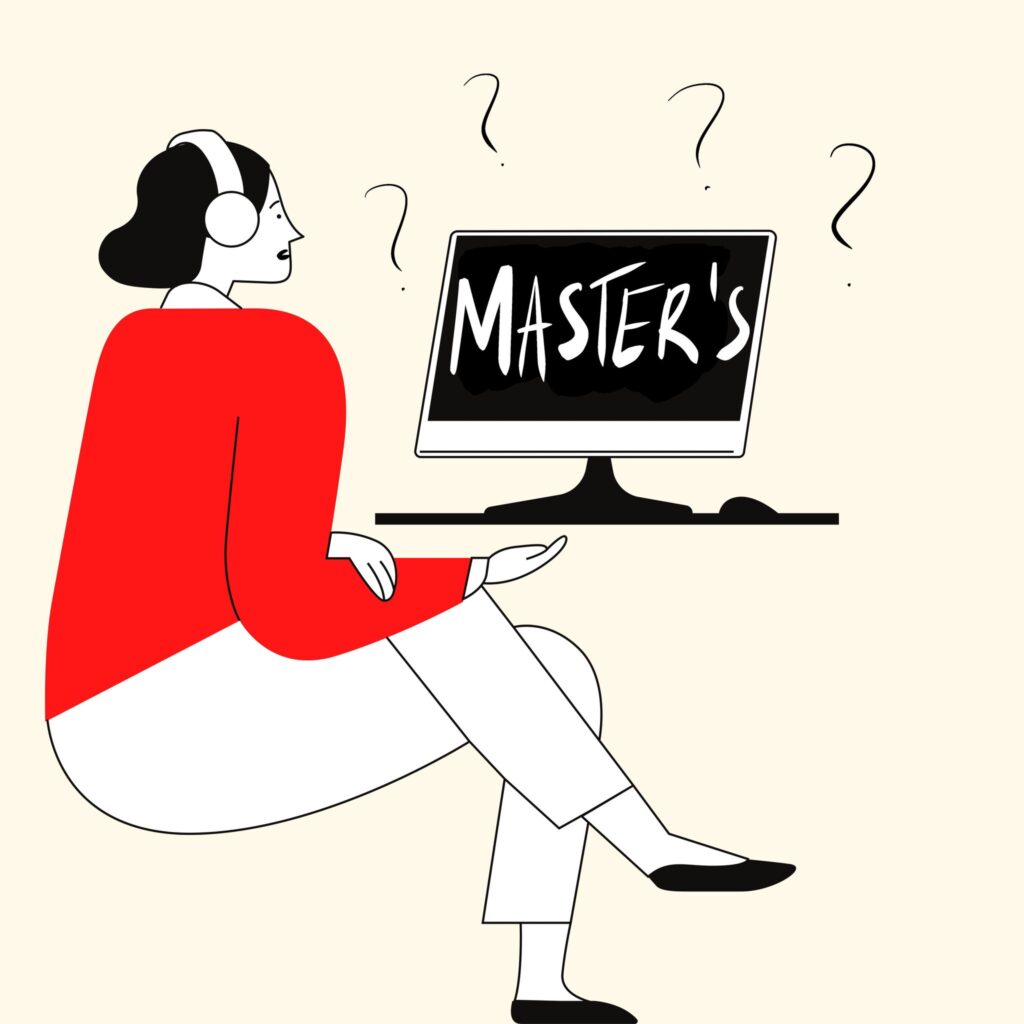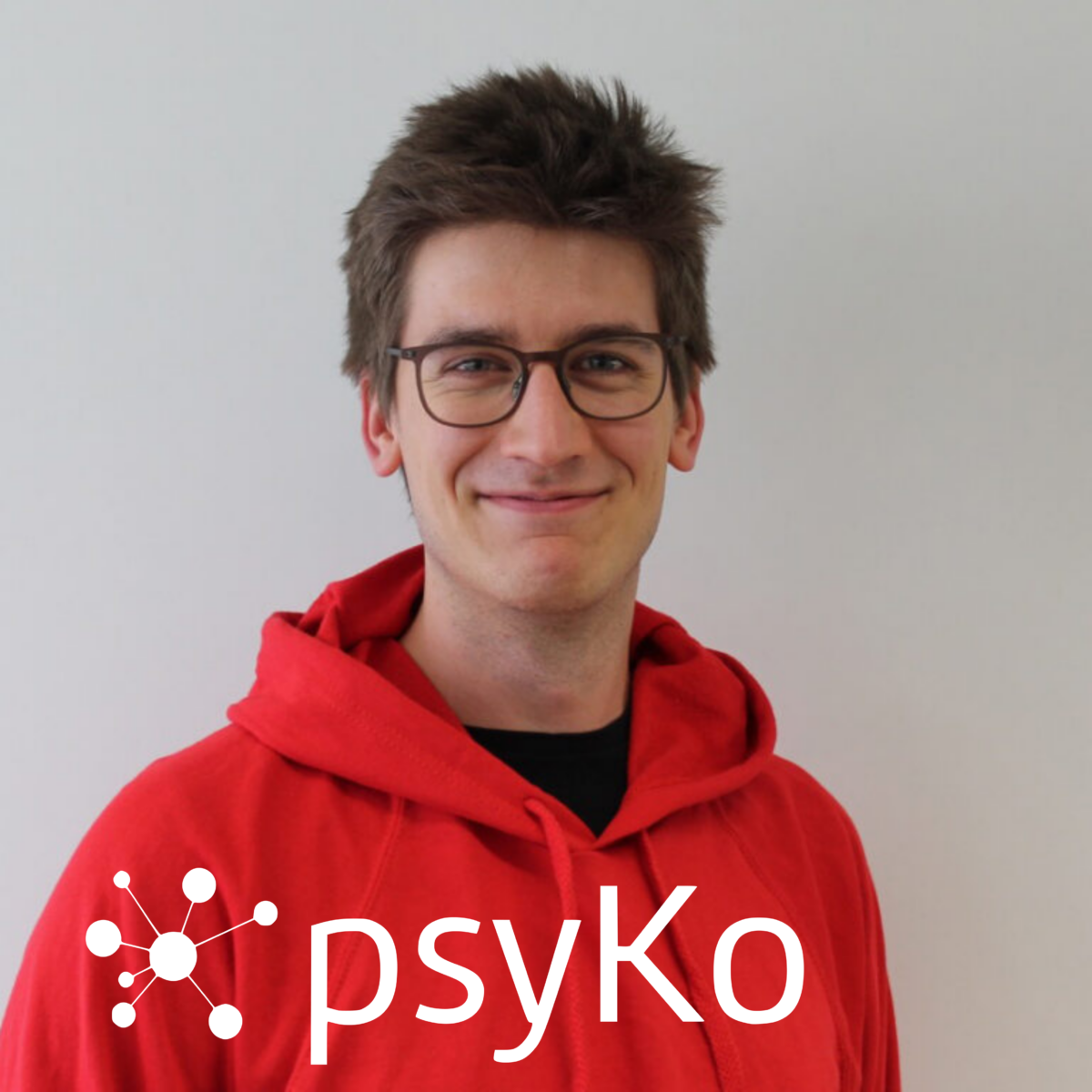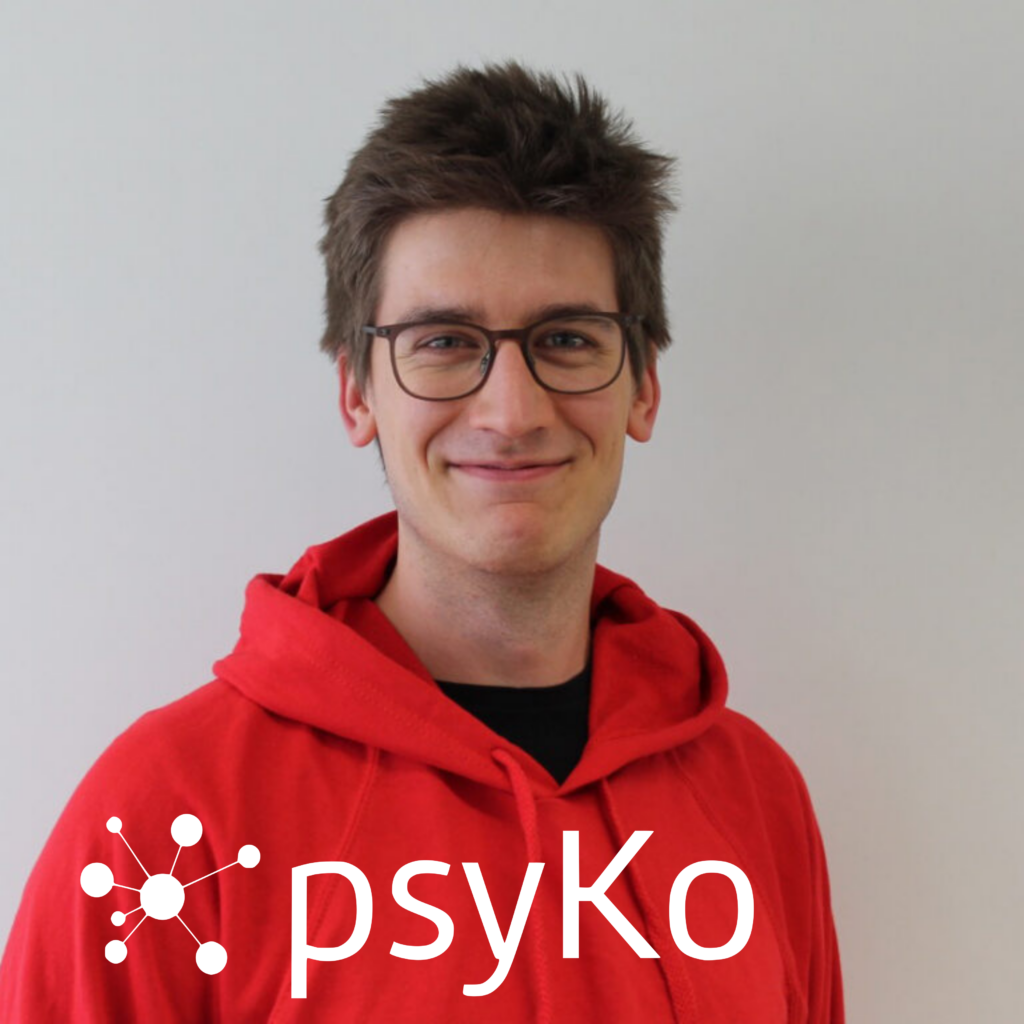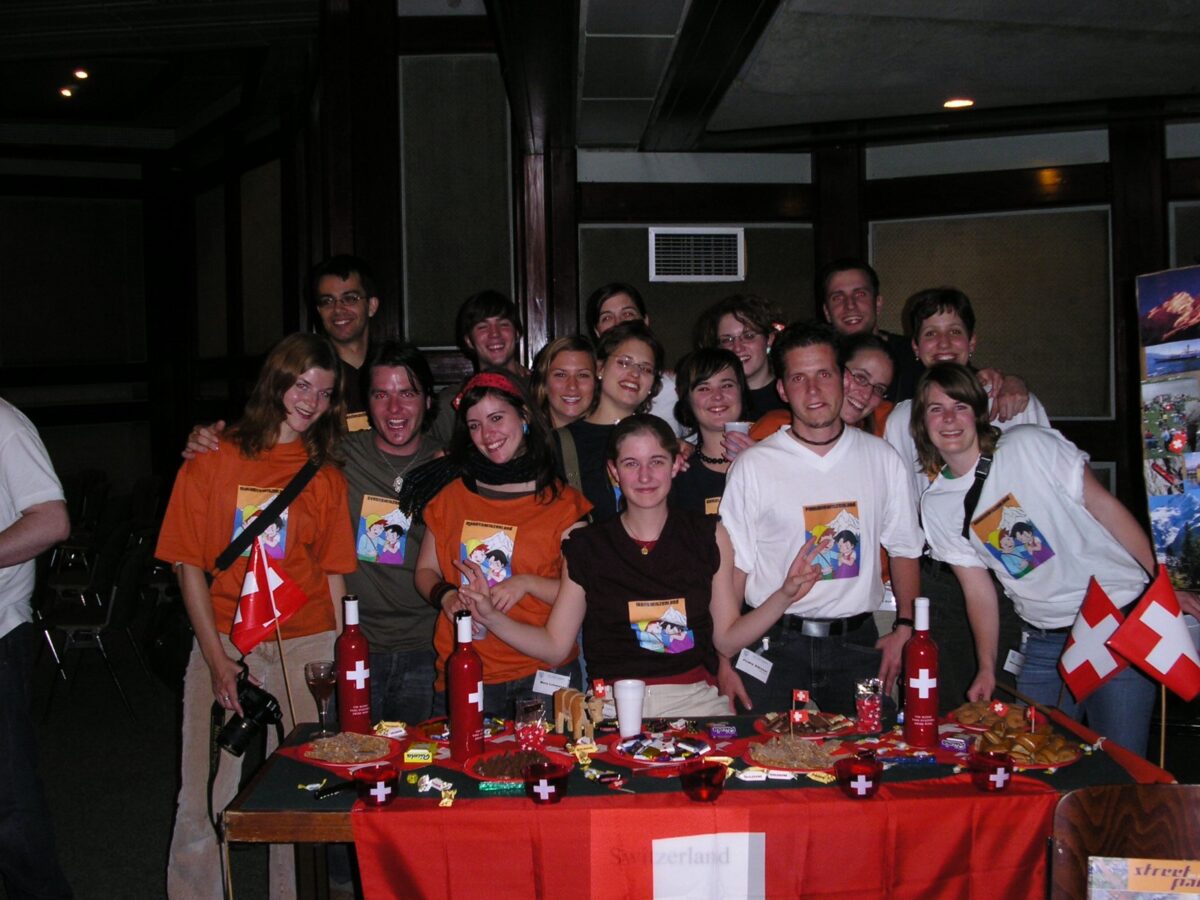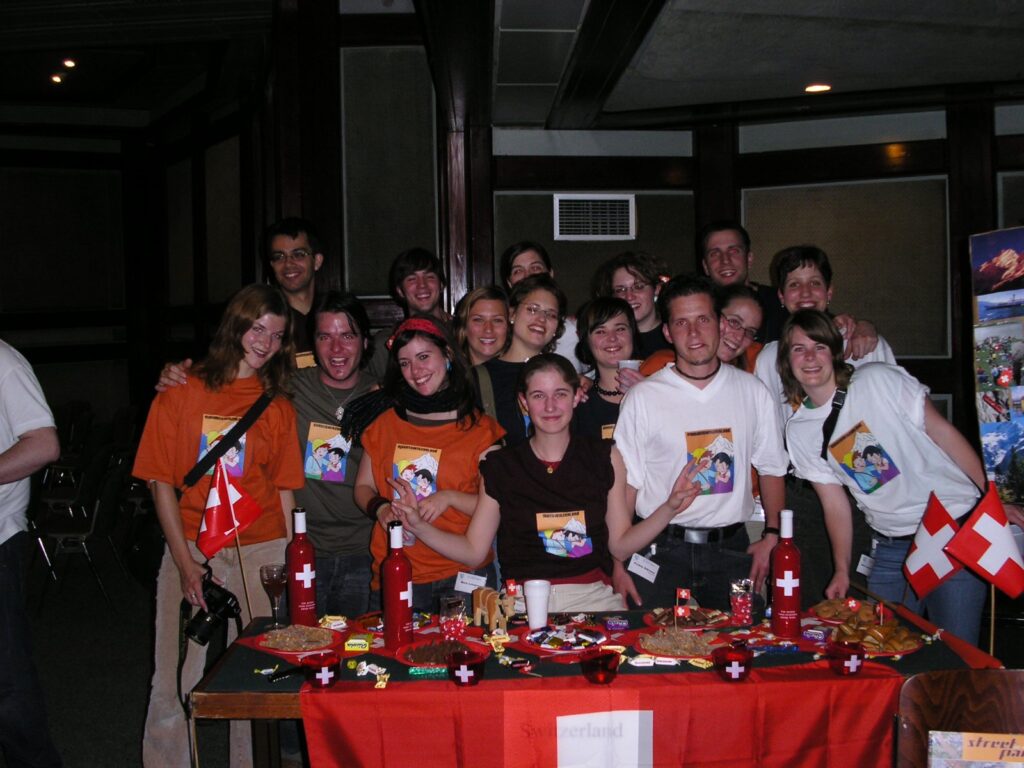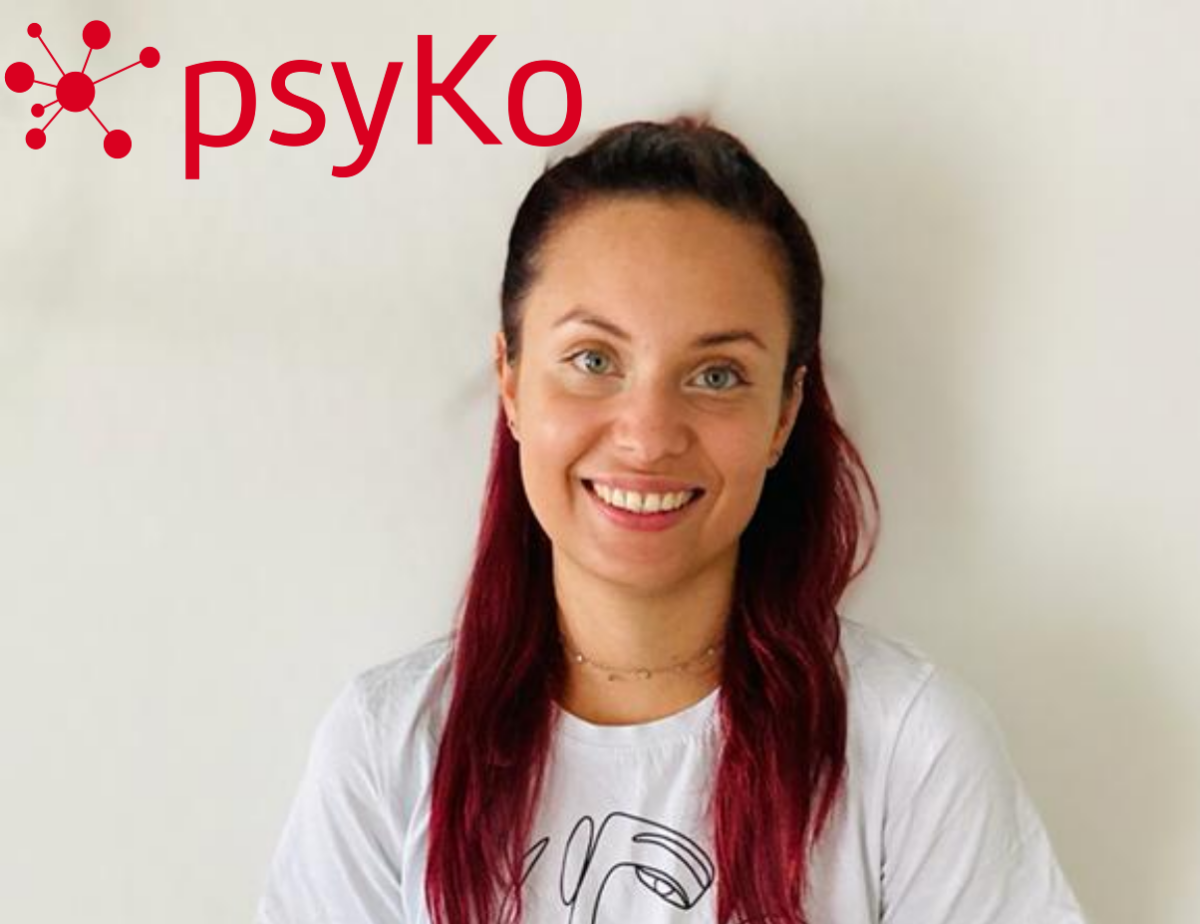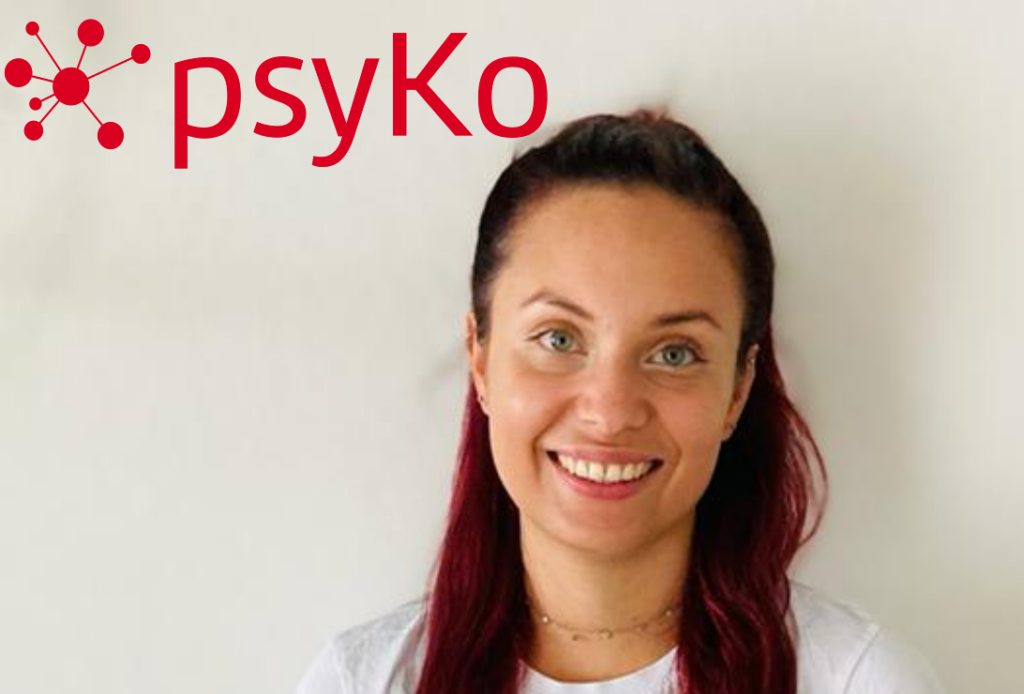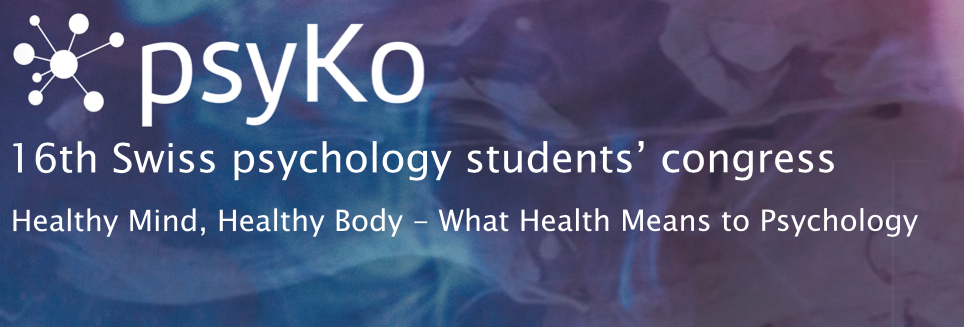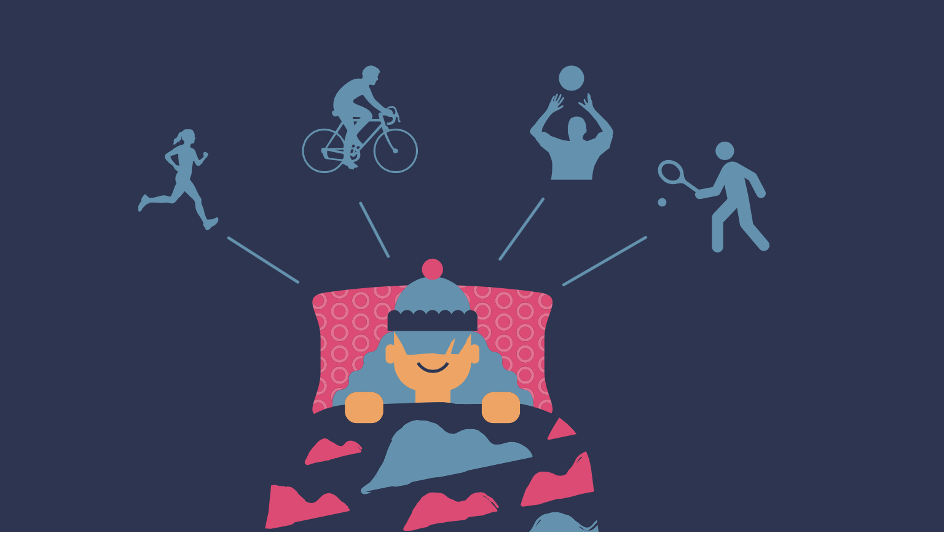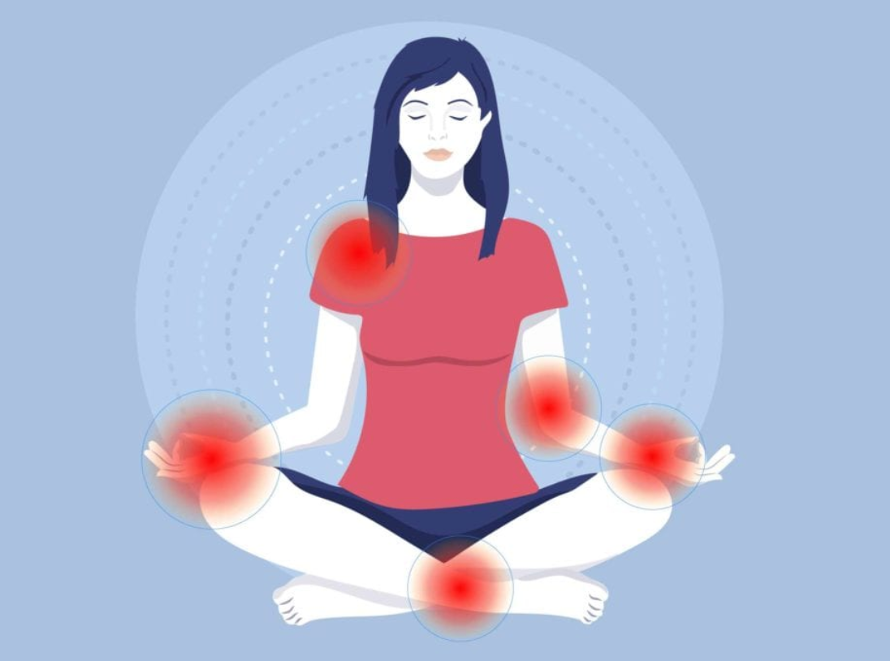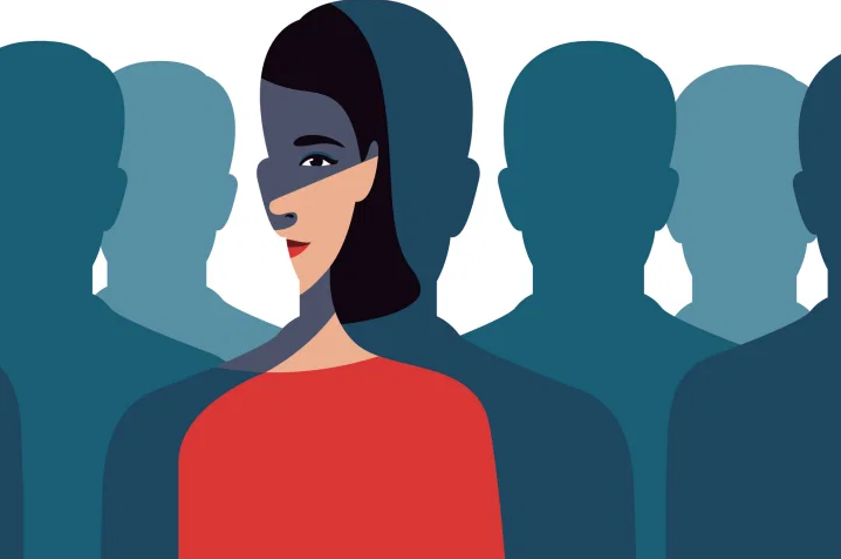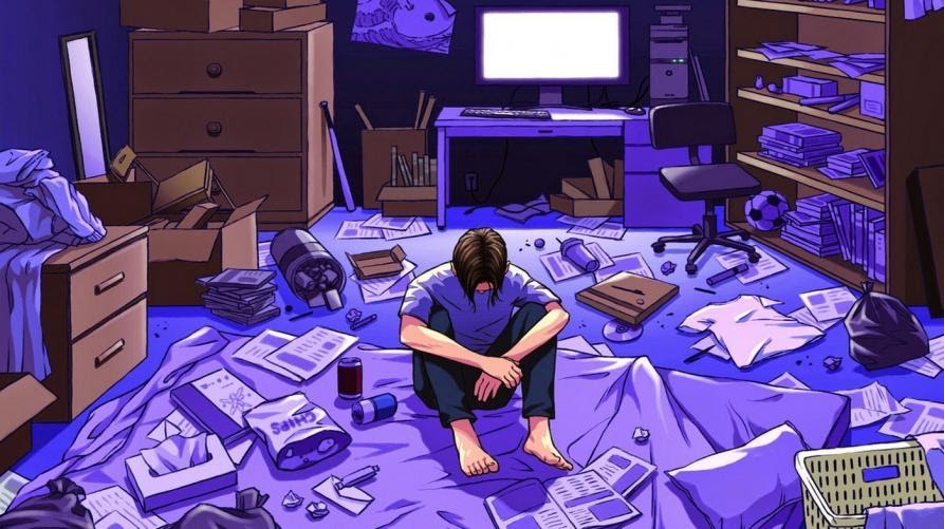How would you explain your job to someone who has no clue about neuropsychology?
I see patients who have just suffered a brain injury, for example strokes, traumatic brain injuries or after brain tumor operations. Most of them show various cognitive deficits, e.g. problems with attention, memory or executive functions. We apply neuropsychological tests and compare the performance of the patient to a matched healthy control group (same age, gender and education level) to diagnose possible acquired cognitive impairments. With this information and with our clinical impression determine the focus of the therapy.
Regarding therapy, we have two approaches: First, restoration which means to exercise a function, and second, compensation which means helping yourself with compensating strategies. For certain functions like attentional impairments or executive dysfunctions, we do exercises to train and to improve them. For example, if a patient has a reduced alertness (basic reaction time), we do exercises where the patient has to react as quickly as possible. Research results imply to train at the custom-fitted performance level of the patient, to challenge the patient at his level. For certain areas, however, restoration approaches are less suitable and compensation strategies must be learned instead. Memory impairments are treated by compenstaion strategies like mnemonic bridges, diaries, smartphone reminders or lists.
Could you tell me a bit about your educational background? How did you end up studying psychology?
I had finished teacher trainings college in Lucerne to become a primary school teacher, and I started teaching. The school where I worked motivated me to go further, and I decided to become a school psychologist. This brought me to study psychology in Bern. At the beginning of university, I hardly ever thought that I will become a neuropsychologist or to do a PhD.
During my master’s, I attended a lecture on neuropsychology. That was definitely a key moment. Besides, developmental psychology was also one of my favorite subjects. I specialized in Neuro- and Developmental Psychology which aroused my interest in pediatric neuropsychology. So I did an internship as pediatric neuropsychologist at the Children’s University Hospital of the Inselspital.
After completing my master degree, I got a fabulous job offer from the Children’s Hospital as pediatric neuropsychologist. Because I also got a lot of interest in doing science, I decided to start a PhD at the same time. That was really a dream and very busy time! After my PhD, I did a Post-doc at the University of Berkeley in California and returned to Bern to complete my clinical education as clinical neuropsychologist in the University Hospital of Neurology. Today, I still combine clinical work and research – I think that’s a great privilege – although, this sometimes involves night shifts (laughs).
So you didn’t set out with the goal of getting a PhD in neuropsychology?
No, not at all. My parents are not academics and a lot of things were foreign to me – if you have family members who work in a certain field, you probably have earlier opportunities for insights or more precise ideas of how a job would look like. Internships have proven to be particularly helpful to me. They allowed me to make new contacts and to gain insights into various fields.
Do you remember a particularly interesting or impressive experience during your studies, an internship or at work?
Yes, certainly! Especially people who fully stand up for what they do and really have a lot of expertise in it.
What do you like the most about your work? Is there anything you wish you knew before you got into the field?
I really enjoy working with patients. Some of them are people I would never meet in my private life. Furthermore, I see patients directly after a brain injury. Many of them stay with us for several weeks why I get to know them and see their progress. I find it very nice to accompany these people. There are many different patients – sometimes also very severely impaired people and it is amazing to observe how they improve, from a severely disoriented status at the beginning to average cognitive profiles.
And it’s an interesting field especially because many questions are still unanswered, there is a lot of therapy options that could still be tried.
What rather…not negative… but what you should know is that there are fewer positions and that you are quite specialized. You can’t change jobs that easily. I like to compare that with medical doctors who have better possibilities to change their workplace.
But it is for example possible to change from children to adults neuropsychology. I started in the children’s area and then changed to adults. The clinical images are different. For instance I have never seen pediatric patients with a visual hemispatial neglect or a severe amnesia – impairments I see now quite regularly in my everyday life as adult neuropsychologist.
It would also be possible to do an additional title in psychotherapy. In our ward we do diagnostics and therapy. However, if you want to do outpatient neuropsychological therapy, you need this specialisation as well. And of course, this increases the range of patients you can work with.
What opportunities are there for someone with a fresh master’s in neuropsychology?
Unfortunately, the possibilities are quite limited. But more and more clinical neuropsychological residency positions are being created for students with a fresh Masters’ Degree. Besides that, there is to possibility to start in a normal neuropsychology position. Furthermore, you can start a PhD which is often very theoretical and different from what you do as a clinical neuropsychologist. There are also very few clinical PhD Positions. In general, I recommend to think it through whether you will start doing a PhD – you have to enjoy scientific work and be able to accept setbacks.
Do you have any advice for someone who is interested in becoming a neuropsychologist?
Do an internship as early as possible! Internships are usually offered at larger institutions. Don’t get discouraged if you get a no at first. Keep going! Just trust that you will eventually make it.
Other possibilities would be to write a bachelor’s thesis or master’s thesis on neuropsychology, and to attend neuropsychology seminars. Also build up a network with people in the field. Once you have your foot in the door – you are more or less inside.


